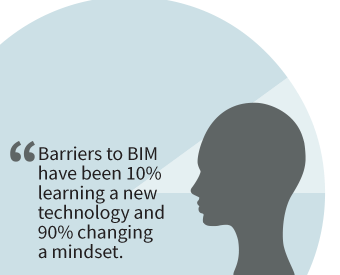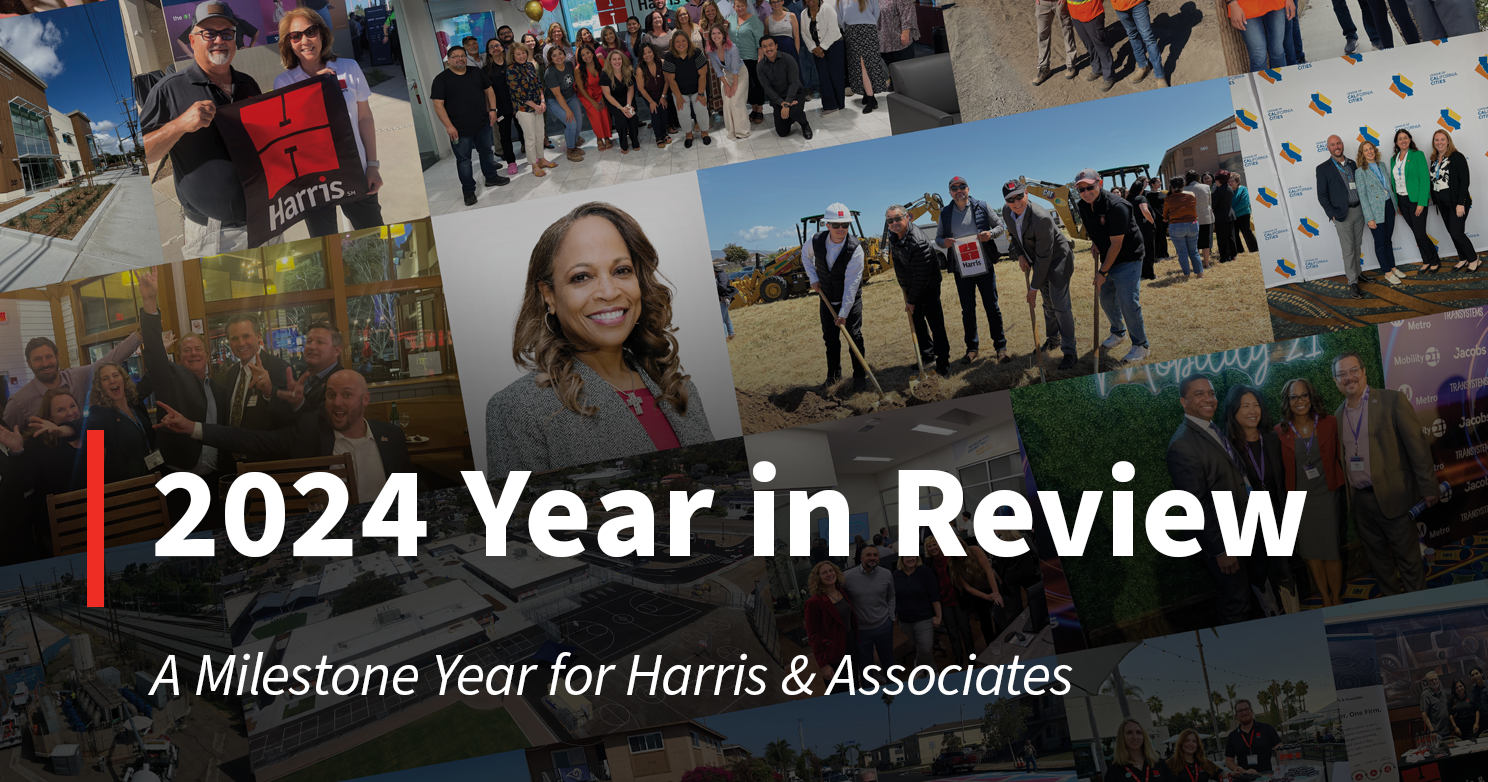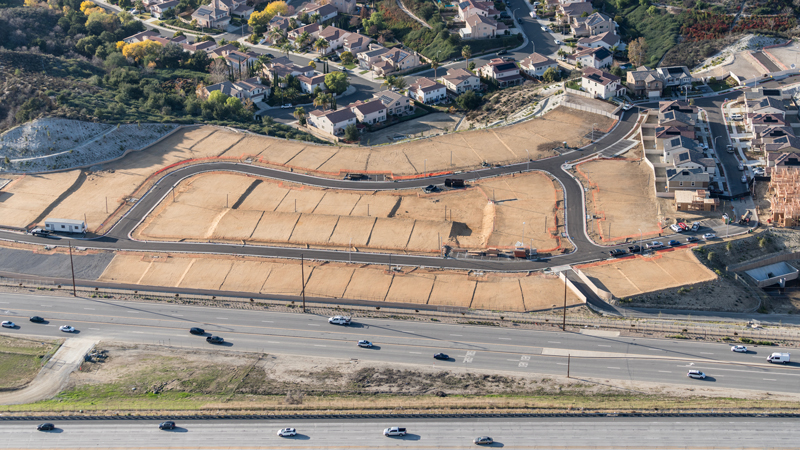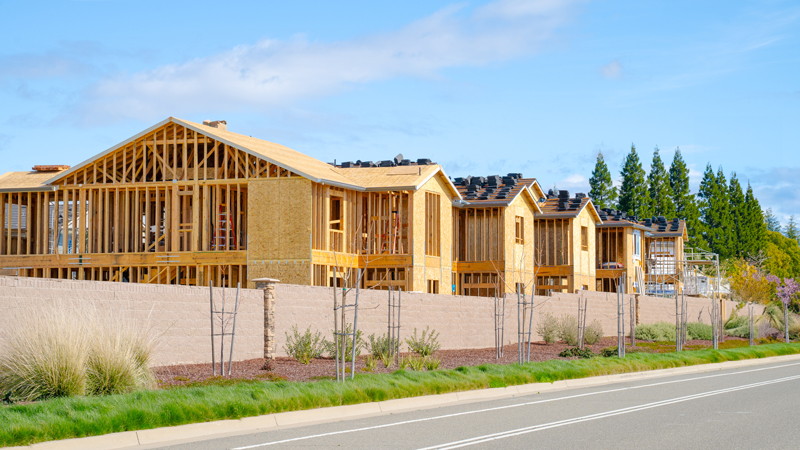4.1 minute read
September 08, 2015
If I offered you a way to make your design and construction team collaborate better, improve productivity and save time, wouldn’t you take it? That’s the essence of building information modeling (BIM) or Virtual Design and Construction (VCD). I’ve watched this tool evolve for decades—and it’s more than ready for prime time in the construction management field.

With the rise of technologies like Oculus Rift, the BIM 3-D modeling phase has entered a new realm of virtual reality. The overall benefits are extraordinary:
- Designers conduct simulated virtual walk-throughs with owners of their building projects.
- Owners can make changes or choose options prior to construction, greatly reducing the number of change orders and saving money. A chef, for example, can “mime” his work in the kitchen, as people take laser measurements to determine where to place equipment.
- The 3D models become powerful marketing tools to sway investors to fund projects or win public support.
So why has it taken so long for BIM to catch on?
First, traditional construction methods were not ideal environments for supporting a collaborative effort. New delivery methods, like design-build, integrated project delivery and lean construction, require more proactive pre-construction communication and collaboration. So team members can use BIM to work through any design issues and sort out challenges early.
Second, there are still many myths and misperceptions swirling around BIM. I’d like to set the record straight about a few of the biggest ones here.
Myth: BIM is just a type of software.
Truth: Building information modeling refers to the entire process of generating and managing digital representations of a final product (buildings, bridges, roads, etc.). There are dozens of different types of software and tools that make up BIM. BIM is not a software but rather a collaborative process of communication, refining and optimizing the design and construction effort.
Myth: Only architects use BIM.
Truth: Five years ago, owners saw about half of their drawings via the virtual representation magic of BIM, thanks to architects. Today, MEP practitioners and other project partners have caught up and can work with architects within BIM, even starting fabrication prior to construction.
Myth: BIM is only for new buildings.
Truth: BIM is just as effective during renovations of old buildings via laser surveys and plotting, generating drawings that are more accurate than outdated as-builts. In horizontal construction, project teams use ground-penetrating radar to locate and plot utilities, again generating more accurate designs and plans by finding obstructions and correct elevations than old plans would have revealed.
Myth: BIM implementation is expensive and hurts productivity.
Truth: The technology powering BIM has become more affordable. Yes, the upfront costs to implement BIM can be somewhat higher than the traditional construction process. These include hardware and software, training fees and administrative costs. However, the benefits and cost savings from detecting issues ahead of construction—thus mitigating or reducing RFIs and change orders—generally outweigh the initial implementation costs. Additional benefits include coordination, integration, visualization, communication, constructability, consistency and “what if” scenarios.
BIM can also result in huge productivity and ROI gains at the project and organization level. A great example is San Diego Community College District (SDCCD), a Harris client who used BIM throughout their $1.5 billion bond program. The District, under Vice Chancellor David Umstot, decided to move all of their projects away from traditional design-bid-build to new delivery methods, while simultaneously requiring the use of BIM. SDCCD, like other progressive and informed owners, now produces BIM standards for their architects, engineers and contractors.
Change orders dropped from 8.6% to 4.1% on projects using BIM, with just 1.1% in errors and omissions. Average days of delay dropped from 79.6 to 24.5 when using BIM. (i)
Barriers to BIM adoption have stemmed from its perception as a disruptive practice, involving 10% learning a new technology and 90% changing a mindset. We, the A/E/C professionals, need to do our part and help owners understand the benefits of implementing such a powerful tool.
That’s a big reason why I recently earned my Certificate of Management-Building Information Modeling (CM-BIM) from the Associated General Contractors of America. I’m currently one of only 500 with this certification nationwide. But I have no doubt that number will grow, like the popularity of BIM itself.
Have you had experience with BIM? Do you have questions about using this tool in your work? Share your thoughts here.
(i) Umstot, D. (2012). “An Owner’s Perspective on Lean Construction, IPD, BIM, and DesignBuild.” Wentworth Inst. of Tech., College of Prof. & Continuing Education, Modern Construction Delivery Methods course & LCI New England CoP meeting, Boston, MA, Dec 4. http://www.leanconstruction.org/media/docs/chapterpdf/new-england/2012-12-04-WIT-MCDM-Handout-37-Umstot.pdf
Authors
Daniel Sicile-Kira, CCM, ASID, LEED Green Associate, CM-BIM
Markets
Municipal
Transportation
Water
Education












